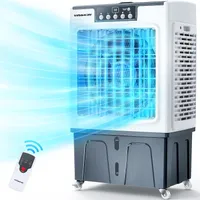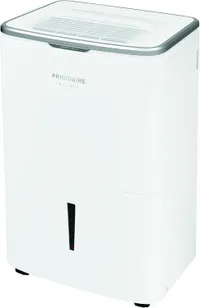Corn Sweat: Combatting the Hidden Effects of Humidity This Summer
How to keep your home cool when even the corn is sweating this summer.


Alongside news of record-breaking heat waves and summer storms, you may have seen a few headlines about a curious phenomenon known as corn sweat. As temperatures climb, the millions of acres of corn fields sprawling across the midwest are causing localized humidity spikes, exacerbating the already searing summer heat.
But, what exactly is corn sweat? Why is it making the air feel hotter? And how can understanding this complicated relationship help you find the most energy-efficient home upgrades for extreme heat that fit your climate?
Keep reading to learn more about corn sweat and the key to cutting your energy bill without sacrificing your comfort this summer.
From just $107.88 $24.99 for Kiplinger Personal Finance
Become a smarter, better informed investor. Subscribe from just $107.88 $24.99, plus get up to 4 Special Issues

Sign up for Kiplinger’s Free Newsletters
Profit and prosper with the best of expert advice on investing, taxes, retirement, personal finance and more - straight to your e-mail.
Profit and prosper with the best of expert advice - straight to your e-mail.
What is corn sweat?
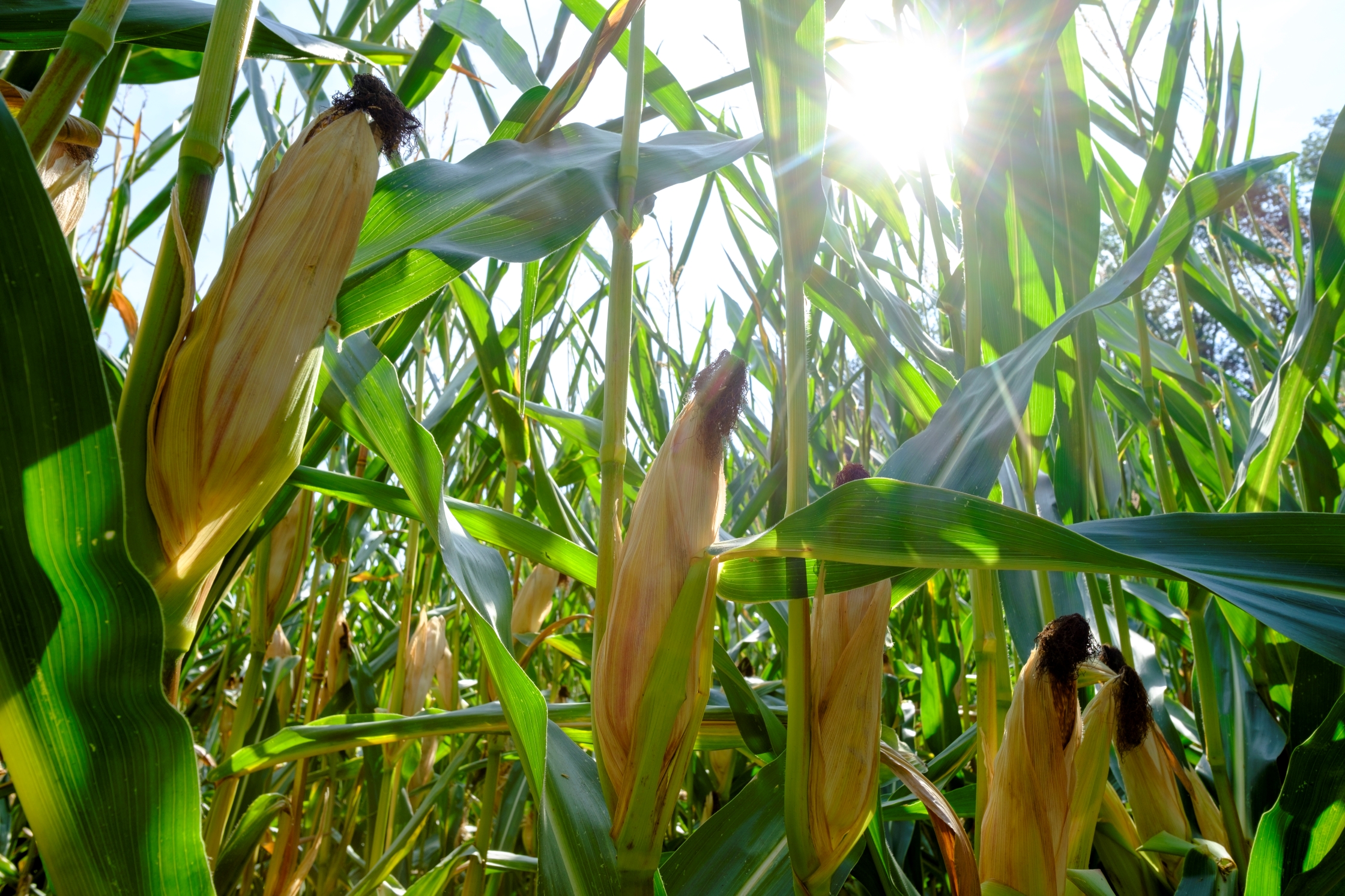
All plants have a self-cooling process called transpiration. It's essentially the plant version of sweating. When it's hot out, leaves release water through the pores in their leaves. That water evaporates, taking the heat with it as it leaves the surface of the leaf.
While the process happens differently in humans, the cooling mechanics are the same. Water vapor carries heat away from the body, whether it's a plant body or a human one.
According to the U.S. Geological Survey, a one-acre corn field will "sweat" 3,000 or more gallons of water per day. Then, add to that the water evaporating from the regularly-irrigated soil as well.
Globally, the impact of corn sweat or any other plant transpiration is tiny. 90% of the water vapor in the air comes from oceans, rivers and lakes. Only the remaining 10% comes from trees and plants "sweating."
But those numbers are planet-wide averages. In a state like Iowa, which has about 13.5 million acres of corn, the impact of that transpiration adds up.
In the right conditions – or wrong ones, for anyone trying to stay cool – corn sweat can increase local humidity levels by as much as 40%, according to the National Geographic.
In effect, you can have pockets of high humidity right around corn fields, causing the heat index (how hot it feels) to soar compared to neighboring areas that aren't near the sweaty crop.
Keep moisture under control with this Midea dehumidifier, ideal for basements or large rooms. Covers up to 4,500 square feet.
Corn sweat would actually be a good thing in a dry climate

The relationship between temperature and humidity is weird. In a dry climate, corn sweat – or transpiration from any plant – would have a welcome cooling effect.
Transpiration from a single tree can have the cooling effect of five standard air conditioners running continuously for 20 hours, according to the EPA.
Combine that with a tree's shade blocking the sun from bearing directly down on you or the ground and the impact can result in air that is up to nine degrees cooler under a tree compared to just outside it. Even those sweaty corn fields are likely cooling the air below them by as much as five degrees.
The problem is that increasing the humidity also increases the heat index. In a dry climate, that increase is far outweighed by the decrease in temperature.
On an 82 degree day with 40% humidity, for example, a 10% increase in humidity would raise the heat index to 83 degrees. That one-degree spike is significantly outweighed by the nine-degree drop in temperature underneath a tree.
In a humid climate, on the other hand, the cooling effect of transpiration can easily be outstripped by soaring humidity. Take that same 82 degree day but say the humidity is already at 75%. A 10% increase in humidity would result in a heat index of 90 degrees.
As temperature and humidity levels get higher, the cooling effect of transpiration is drowned out entirely. By the time temperatures hit the 90s, a relative humidity of 60% or more already makes it feel 10 degrees hotter than it is.
Even air conditioning struggles to cool a humid climate

The cooling effect of plant transpiration isn't the only thing that's drowned out by high humidity. Your air conditioning also works harder to make your home feel comfortable when it's battling high humidity as well as high heat. The reason is the heat index.
Without getting too much into the math, the heat index refers to the difference between the actual temperature and how hot it feels. Relative humidity of 50% or above will start to feel warmer than the actual temperature.
When temperatures are in the mid-80s or below, every 10% increase in relative humidity will raise the heat index one degree further above the actual temperature.
At higher temperatures, the heat index climbs even faster. By 90 degrees, a relative humidity of 50% will make it feel like 95 degrees and every 10% increase in relative humidity above that will add five or more degrees to the heat index.
If you've got your air conditioner running, the ability of your system to make 90 degree air feel like, say, 78 degrees will be influenced by humidity. If you're at 50% humidity, 90 degrees would feel like 95.
Simply removing moisture to reduce the humidity to 40% or lower would already be enough to shave five degrees off the heat index, helping you stay cool without air conditioning — or at least easing the workload for your HVAC system.
Save money by getting a dehumidifier to help your AC
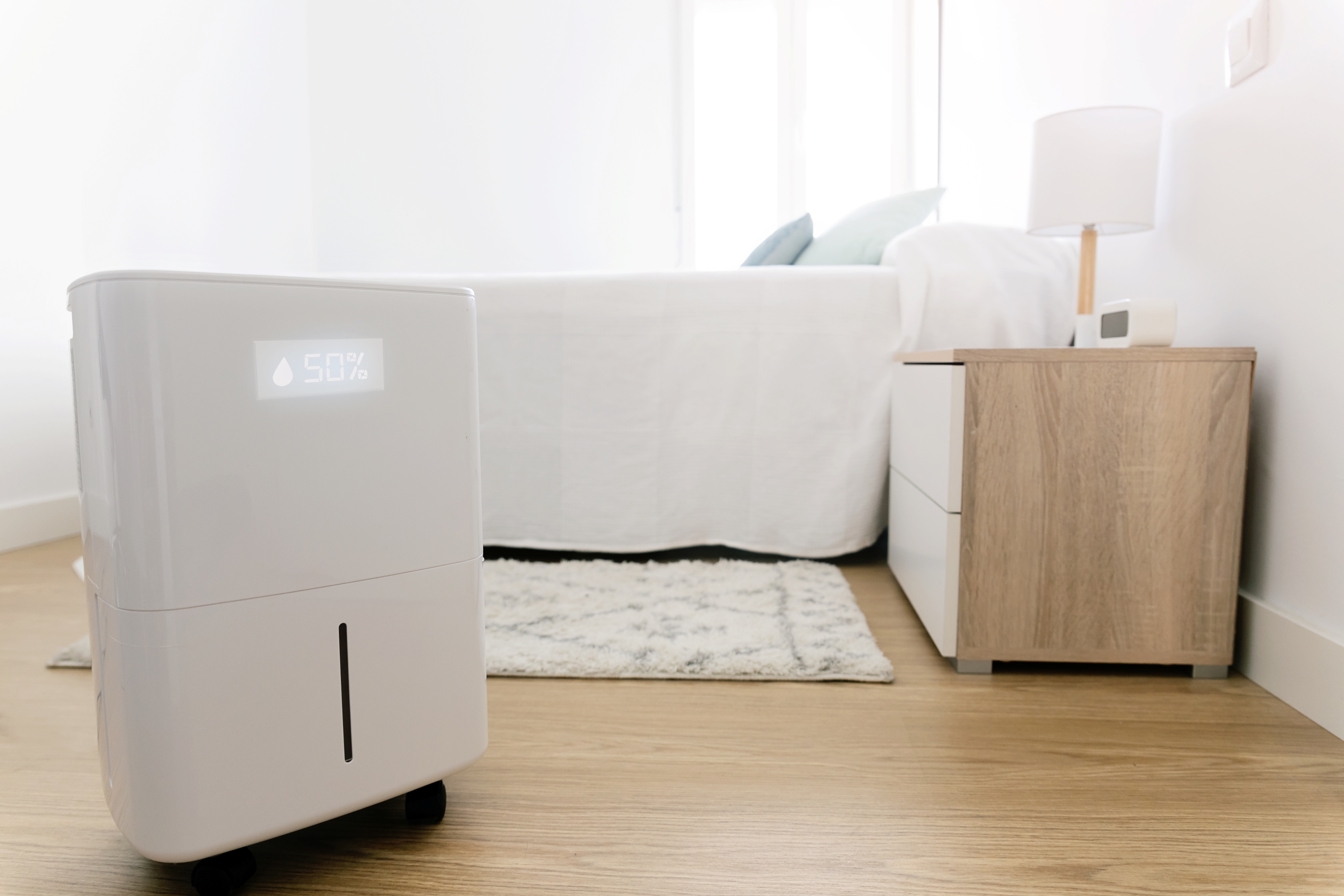
If you live in a humid climate, getting a portable dehumidifier can end up saving you money and increasing your comfort at home. By reducing the humidity in your home, you could potentially crank up the thermostat a couple of degrees without noticing any difference in your comfort.
At more moderate temperatures, running a dehumidifier alone may be enough to get your home to a comfortable temperature.
While air conditioners do dry the air somewhat as part of the cooling process, they're not nearly as efficient as a dehumidifier. Your AC removes less moisture and uses up more power to do it than a portable dehumidifier would.
Pairing the two gives you precision control over the climate in your home. By keeping the indoor humidity below 50%, you can make sure the temperature on the thermostat matches the temperature that you feel.
Keep humidity in check with this Frigidaire dehumidifier. Removes up to 50 pints per day and features Wi‑Fi controls, a washable filter and continuous drainage for hassle‑free operation.
More tips for combatting humidity in your home
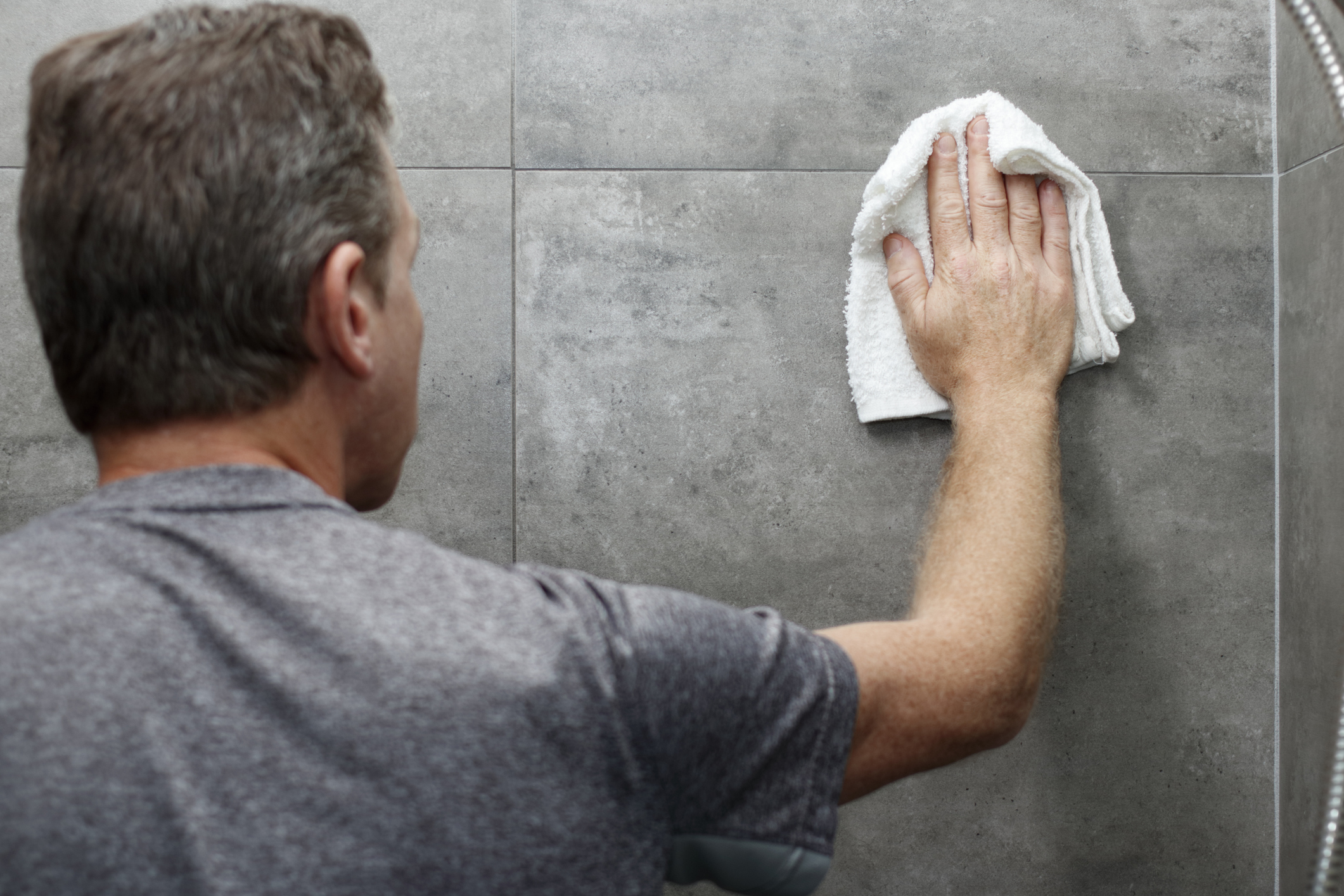
Getting a dehumidifier is the sure-fire way to keep humidity levels in your home where you want them. But if you don't have one or you don't have enough of them to dehumidify every room in the house, here are some other easy weatherproofing projects and summer cooling tips for making your home less muggy:
- Open windows and doors to ventilate your home. For even better results, point a fan at your open windows or doors to push hot, humid air outside.
- Get a whole house fan to consistently pull hot, damp air out of your home.
- Dry surfaces promptly. After you shower, wipe down the walls and bathtub. After you do the dishes, wipe down the sink. These small habits can reduce the amount of water available to evaporate into the air, helping reduce overall humidity indoors.
- To keep humid outside air from seeping into your home, make sure your windows and doors are caulked and sealed.
- Add humidity-loving plants like orchids and snake plants. They can dehumidify the air around them by absorbing the water vapor for themselves. The effect here is small, but if you like plants and have the time to care for them, prioritizing moisture-hungry species like these will work in your favor.
Smart ways to beat the heat and cut energy costs
Understanding how factors like corn sweat and high humidity impact your home environment can help you take smarter steps to stay comfortable.
Investing in a dehumidifier, sealing air leaks and using ventilation tools effectively can reduce strain on your air conditioning system and lower energy bills. With the right upgrades, you can maintain a cooler, healthier home, even in the most extreme summer heat.
Related content
Profit and prosper with the best of Kiplinger's advice on investing, taxes, retirement, personal finance and much more. Delivered daily. Enter your email in the box and click Sign Me Up.

Rachael Green is a personal finance eCommerce writer specializing in insurance, travel, and credit cards. Before joining Kiplinger in 2025, she wrote blogs and whitepapers for financial advisors and reported on everything from the latest business news and investing trends to the best shopping deals. Her bylines have appeared in Benzinga, CBS News, Travel + Leisure, Bustle, and numerous other publications. A former digital nomad, Rachael lived in Lund, Vienna, and New York before settling down in Atlanta. She’s eager to share her tips for finding the best travel deals and navigating the logistics of managing money while living abroad. When she’s not researching the latest insurance trends or sharing the best credit card reward hacks, Rachael can be found traveling or working in her garden.
-
 Gold and Silver Shine as Stocks Chop: Stock Market Today
Gold and Silver Shine as Stocks Chop: Stock Market TodayStocks struggled in Friday's low-volume session, but the losses weren't enough to put the Santa Claus Rally at risk.
-
 Don't Wait Until January: Your Year-End Health Checklist to Kickstart 2026
Don't Wait Until January: Your Year-End Health Checklist to Kickstart 2026Skip the fleeting resolutions and start the new year with a proactive plan to optimize your longevity, cognitive health, and social vitality.
-
 Premium Rewards Cards: More Perks, Higher Fees
Premium Rewards Cards: More Perks, Higher FeesSome issuers are hiking the annual fee on their flagship luxury credit cards by hundreds of dollars. Are they still worth using?
-
 How Much Income You Really Need to Afford a $500,000 Home
How Much Income You Really Need to Afford a $500,000 HomeAs home prices increase, the income needed for a house is also climbing. We break down what you need to earn to afford a $500,000 home.
-
 How Much Would a $50,000 HELOC Cost Per Month?
How Much Would a $50,000 HELOC Cost Per Month?Thinking about tapping your home’s equity? Here’s what a $50,000 HELOC might cost you each month based on current rates.
-
 Should You Tap Your Home Equity Before 2026?
Should You Tap Your Home Equity Before 2026?As borrowing rates and tax law shifts converge, here's what homeowners need to know before pulling equity out of their home.
-
 11 Cities With the Cheapest Groceries in the US
11 Cities With the Cheapest Groceries in the USIf you live in one of these 11 cities, you're paying less than the rest of the country to keep your fridge stocked.
-
 My $1.2 Million Vacation Home Has a $360K Mortgage. I Don't Need My Upcoming $45K RMD. Should I Use It to Pay Down the Mortgage?
My $1.2 Million Vacation Home Has a $360K Mortgage. I Don't Need My Upcoming $45K RMD. Should I Use It to Pay Down the Mortgage?We asked wealth planners for advice.
-
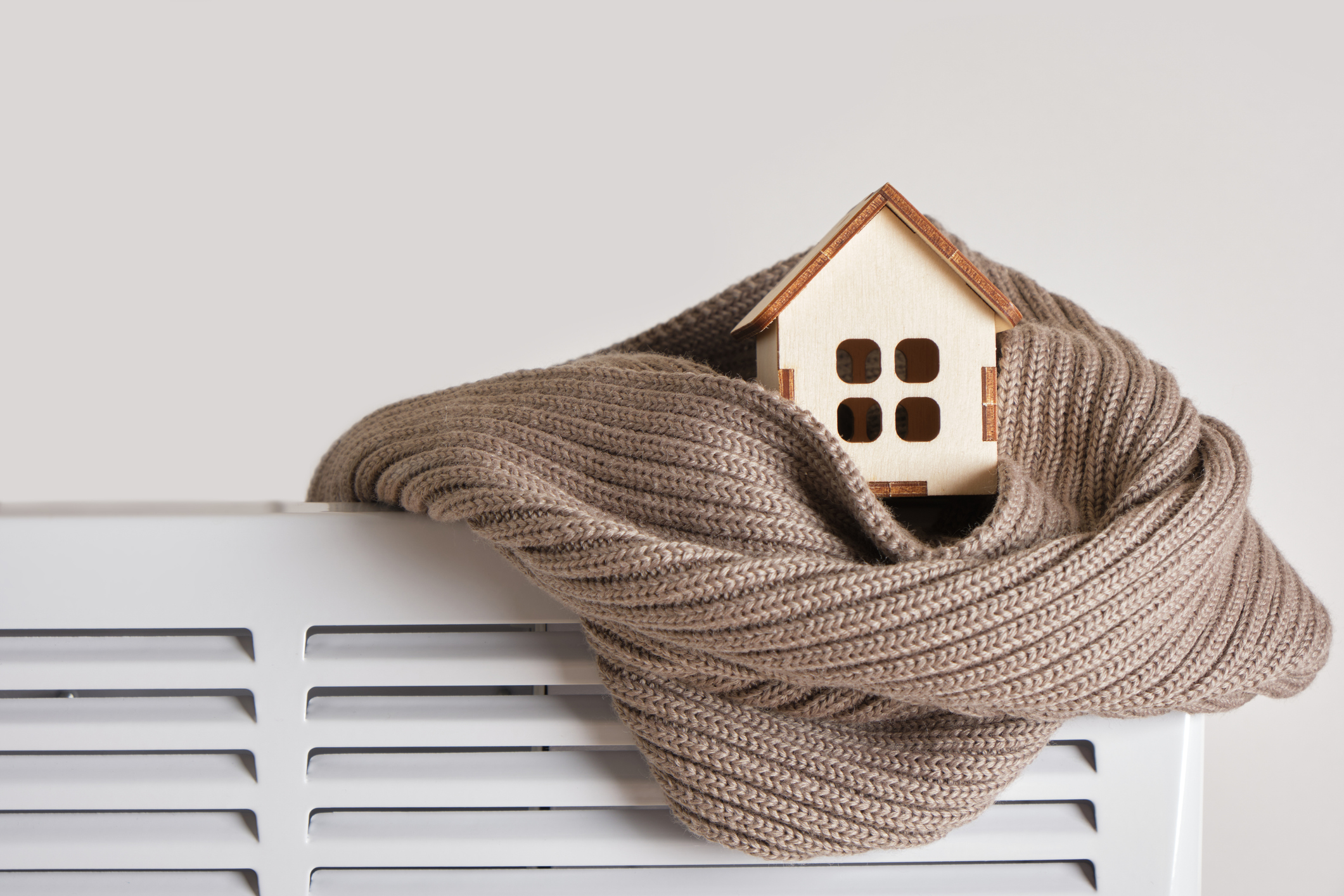 5 Simple Fixes to Save on Heat Bills This Winter
5 Simple Fixes to Save on Heat Bills This WinterWith fuel prices expected to rise 10% or more this winter, making your home more energy efficient will really pay off.
-
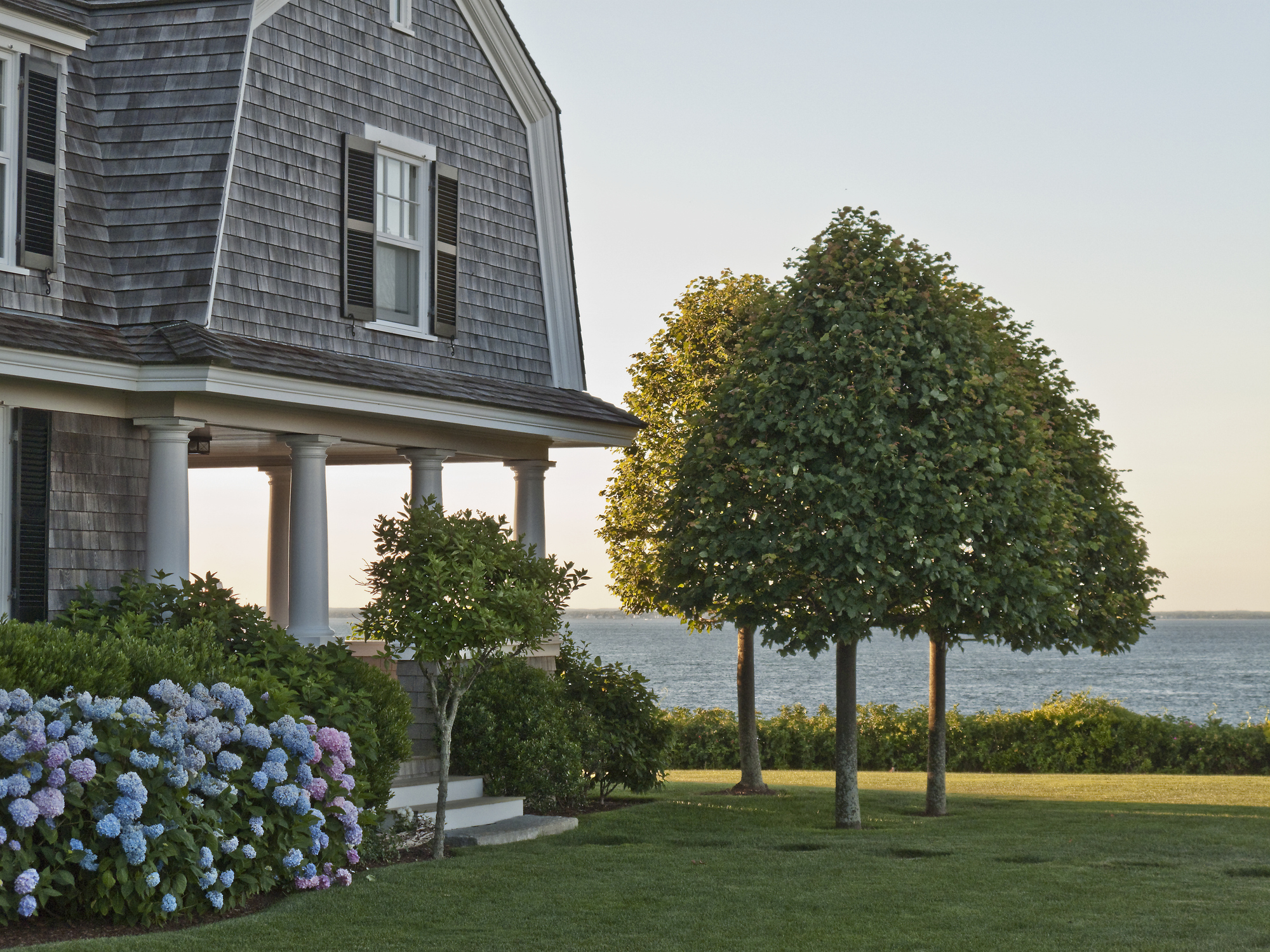 5 Charming Small Towns Where America's Wealthy Retire
5 Charming Small Towns Where America's Wealthy RetireDiscover 5 small communities in the U.S. for affluent retirees — where charm outweighs the cost.
-
 I'm a Real Estate Investing Pro: This High-Performance Investment Vehicle Can Move Your Wealth Up a Gear
I'm a Real Estate Investing Pro: This High-Performance Investment Vehicle Can Move Your Wealth Up a GearLeave online real estate investing to the beginners. Accredited investors who want real growth need the wealth-building potential of Delaware statutory trusts.

